Osaka Castle & The Rise of the Tokugawa
Published by CamDarling on
After more than three weeks of adventurous travel in Japan my time in the land of the rising sun is coming to an end, but not before one last day visiting Osaka City! On paper Osaka is quite small for an Asian city at 223Km2 and a population of over 2.6 million. The truth, where Kyoto is the heart of western Honshu, Osaka is the brain.
From Osaka to Kyoto live over 19 million people, this fertile plain once the bread basket of Japan stretches from the inland sea at Osaka Bay to Kyoto City’s Mountains. Taking the train, you will find no farm land or forests, just an unbroken chain of suburban developments. This super city center was my last stop on this trip and of course Osaka Castle was at the top of my to do list.
Osaka Castle & Samurai History
Visit Osaka Castle
Osaka Castle, located in the Chuoku district, is one of Japan’s most historic sites. Today’s Osaka Castle (大坂城) is concrete reconstruction and modern museum covering Japanese Feudal History, including the warrior class known as ‘Samurai’. Don’t let the words ‘reconstruction’ fool you, this Castle is a beautiful fortress at the center of a stone walled stronghold that was artificially elevated in the 16th century and surrounded by a massive moat.
Few places have been witness to so many historic conflicts as the ground surrounding Osaka Castle. From battles fought between rival feudal lords over the shogunate (control of Japan’s emperor), to air raids during WWII, this castle has been destroyed and rebuilt again and again over the centuries.
Today you can sit and enjoy street performers, attend special events, and stroll through the many parks and gardens located on the castle grounds. Below are a couple of links where you can find more information:
- Osaka Castle Webpage
- Osaka Castle Park – Tripadvisor
- Osaka Info/Events
- Japan’s Top 100 Castles – Wikipedia List
The History of Feudal Japan
Osaka Castle was originally built in 1583 by Toyotomi Hideyoshi, one of the three men that unified all of Japan. The story of these three men is truly impressive and worth mentioning. Even my friend Kenta was awed by the tombstone of Toyotomi Hideyoshi, Oda Nobunaga and Tokugawa Ieyasu in Koyasan’s Byodo-in Temple. These men had a hand in building the Japan of today and played a part in the west vs east battle over Japan.
in medieval Japan, the most bountiful territory was in the Kansai plain, modern day Osaka. Until across the mountain, land in the Kanto plains became increasingly prosperous. The court was held in Kyoto, however the greatest figures in Japanese History emerged from the east, modern day Tokyo.
16th century Japan was similar to the warring states period of Chinese History. Japan was made up of dozens of warlords that fought each other in regional wars. At this time, Japan was essentially the three islands of Kyushu, Honshu and Shikoku. Hokkaido had yet to been fully conquered. Yes, there was an emperor, but no true empire. The warlords of the major ‘clans’ didn’t necessarily pay tribute or taxes and only loosely followed the imperial court. A ruling clan did act as Shogun and ruled on behalf of the emperor (who had a mostly ceremonial role), but let’s be honest, without taxation and the military to enforce any decision, the Kyoto court only ruled Japan in name.
The Beginning of a Unified Japan
In the eastern plains of Kanto, (modern Tokyo-Yokohama) Oda Nobunaga had an army and ambition. With an alliance secured on his eastern border with Tokugawa Ieyasu, Oda Nobunaga marched on Kyoto, the imperial capital. Toyotomi Hideyoshi, believe it or not, was one of Oda’s sandal bearers at first but rose quickly in the ranks. Oda Nobunaga was successful in conquering Kyoto but was eventually betrayed by one of his generals, it was Toyotomi Hideyoshi who sought vengeance and established himself as the new Shogun, ruler of Japan.
During his time as Shogun, Toyotomi Hideyoshi built Osaka Castle, and also organized an invasion of the Korean Peninsula. This required the conscription of men from all the clans as well as a war tax. All except Tokugawa Ieyasu’s clan, who received special privileges for being Oda Nobunaga’s most trusted ally.
After years of campaigning in Korea and eventually being forced out by the Chinese Army (Korean King was a vassal of the Chinese Emperor) Toyotomi Hideyoshi turned his attention to persecuting Christians and executing all priests in Japan.
He was told the Spanish sent priests to convert local Japanese to Christianity and followed with a great army once there were enough converts to fracture Japan from the inside. Many of the priests were actually Portuguese, however he was right about the colonialism aspirations of the west.
This policy would persist for years as the seed for why Christianity is still not common in Japan compared to Buddhism and Shinto religions.
The Rise of the Tokugawa
In 1598, Toyotomi Hideyoshi died, leaving his young son as Shogun to the Emperor… So the warlords’ council did the only logical thing by divided into two factions and fighting over the regency. They fought over being regent to the Boy Shogun who ruled in the name of the Emperor. The political structure is already getting a little complicated and it gets worse! Having not allocated any resources to the fight in Korea, Tokugawa Ieyasu was wealthy in men, supplies and respect. He was a powerhouse on the political stage and seized everything at the battle of Sekigahara at Osaka Castle. The greatest Samurai battle in History with an estimated 200,000 men combined.
Tokugawa Ieyasu’s forces lined up in battle against a coalition of forces from other clans, notably the Ishida clan. But this coalition was not united. The battle raged on at a bloody stand still. Eventually, a clan who had yet to enter the battle changed sides to fight against the Ishida, alongside Tokugawa Ieyasu’s forces. One after another clans turned and joined the Tokugawa side, turning the tide of battle into the greatest Tokugawa victory.
The Last Shogun Dynasty
Rather than name himself Shogun or Emperor, Tokugawa ruled as regent to the ten year old Hideyoshi Shogun whom he had arranged to marry his 7 year old granddaughter. Soon after, Tokugawa ‘retired’ as regent and ruled from the safety of his own castle as the ever present hand behind the scenes. 15 years later, Tokugawa marched for the final time, again at Osaka Castle but against Hideyoshi who was still Shogun but held no real power. In this final victory, Hideyoshi committed Seppuku (ritual suicide) leaving the Tokugawa family as rulers of Japan for the next 250+ years.
The Tokugawa were the last Shoguns in Japan. In 1868, Osaka Castle fell once again but this time against a new army loyal to the Emperor. The Meiji Restoration saw power officially return to the Imperial Family for the first time in over 1000 years. By then, Tokyo had been the real seat of power in Japan for centuries. Finally, after the defeat of the Tokugawa, the official capital was moved to the Kanto region, which was renamed Tokyo (Eastern Capital).
Unfortunately, the new found power of the Emperor was short lived as the Imperial family is once again made a ceremonial figurehead after WWII. A subject I dive into further detail in Hiroshima.
More information on Feudal Japan
Personally, I found the history of Japan extremely fascinating. Puppet Emperors, warrior elites, high court and the eventual arrival of western forces on the horizon. Having a little background knowledge makes visiting the museum far more engaging as you pick up more context and minor details. I tried to keep it short, but I really recommend checking out more info :
- Extra Credits Sengoku Jidai– Animated History Channel on Youtube (kid friendly)
- Japan Memoirs of a Secret Empire – Documentary Part on Youtube
- Heroes & Villains Episode 4 Tokugawa Ieyasu – BBC on Youtube (Not Kid Friendly)
- Osaka 1615 – The Last Samurai Battle – Book by Stephen Turnbull
- The Samurai- A new History of the Warrior Elite – Book by Jonathan Clements
- Sengoku Jidai Nobunaga, Hideyoshi , and Ieyasu: Three Unifiers of Japan – Book by Danny Chaplin
- Battle of Sekigahara -Wikipedia
Other Sights to See in Osaka, Japan
- Tempozan Ferris Wheel – Tripadvisor
- Sumiyosha Taisha Shrine – Tripadvisor
- See a Sports Game – Osaka-Info
- Osaka Shopping – Japan Guide
For more info, check out Enjoy Osaka for Sights, Food and Nature Parks.
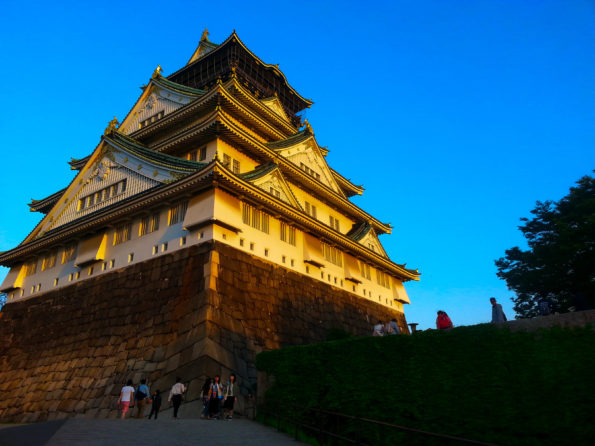


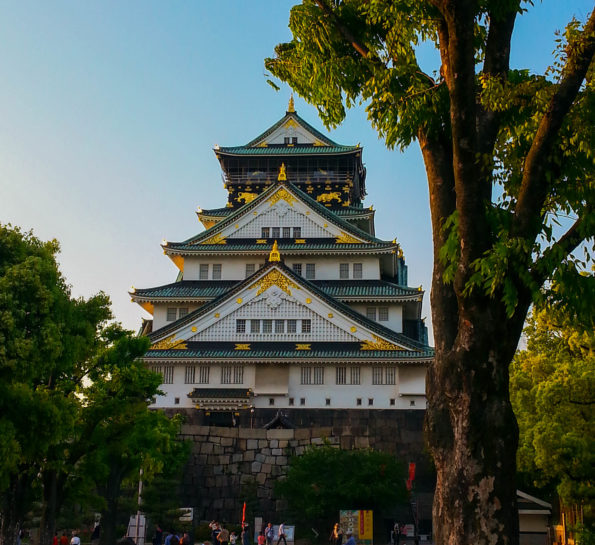





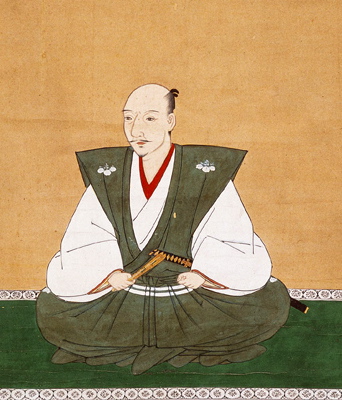
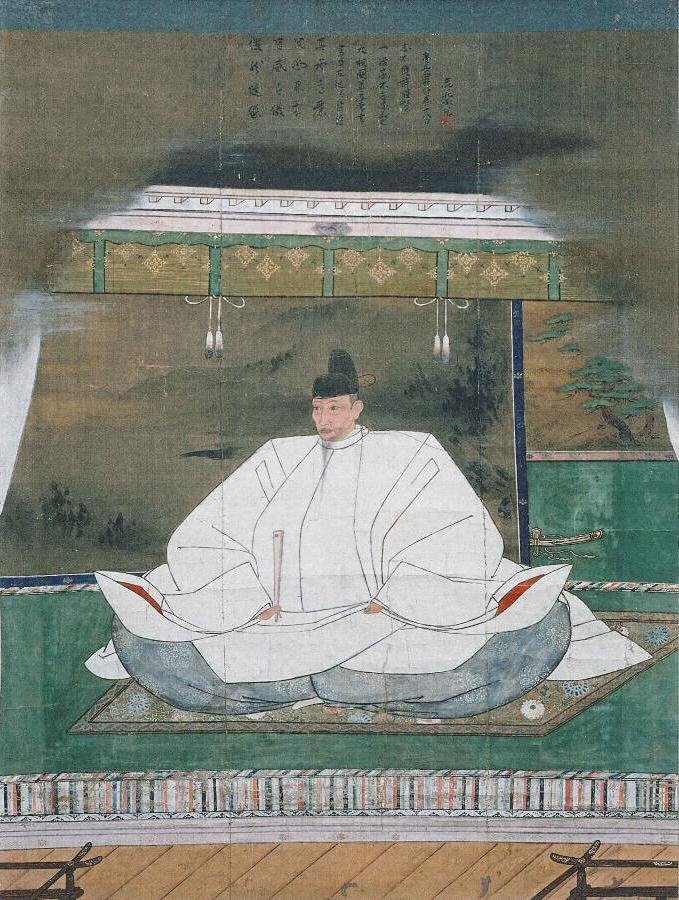
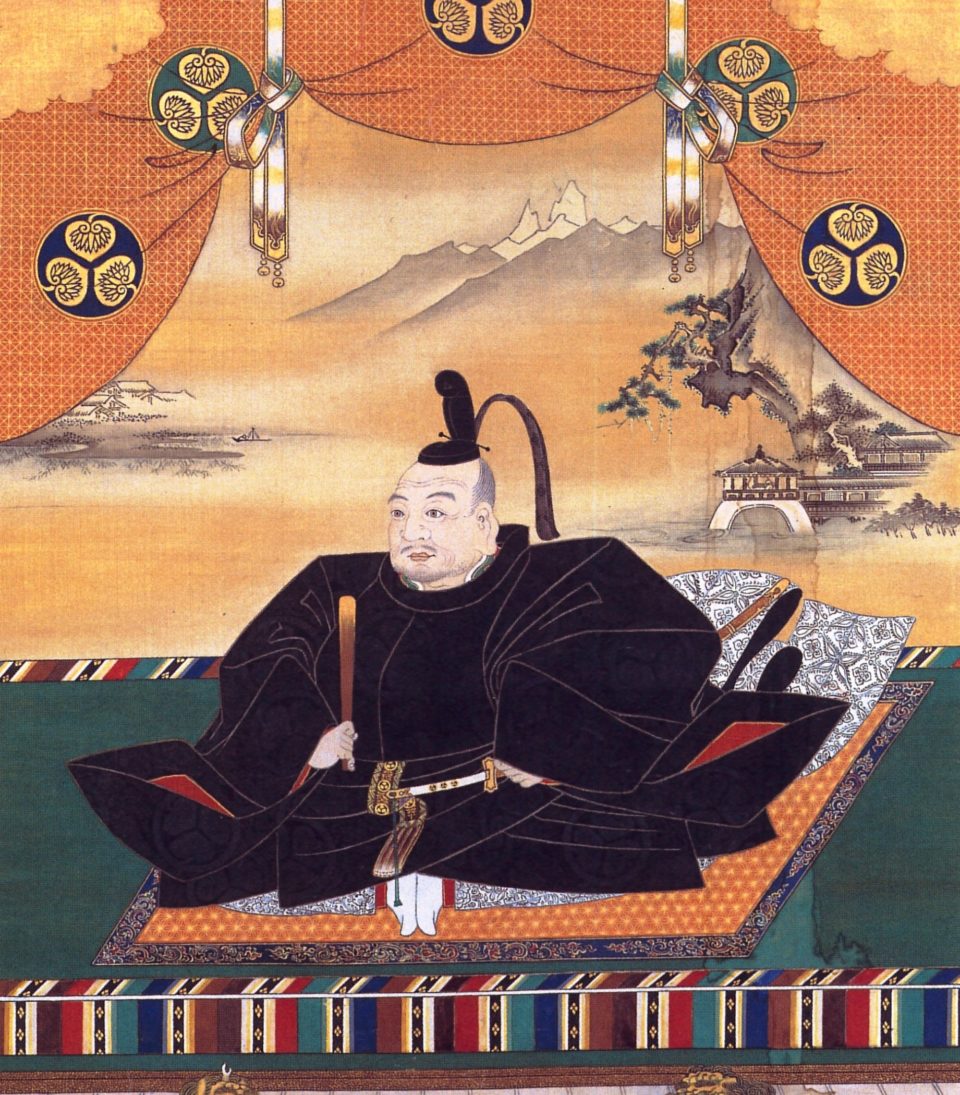



0 Comments